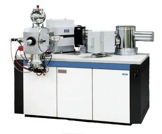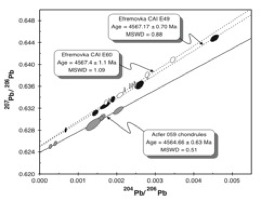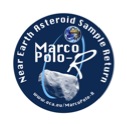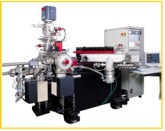
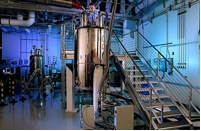
NanoSIM (left), NMR (right)
MarcoPolo-R will allow us to analyze the sample of a primitive NEA in terrestrial laboratories, thereby obtaining measurements that cannot yet be performed from a robotic spacecraft (e.g. dating the major events in the history of a sample: laboratory techniques can determine the time interval between the end of nucleosynthesis and agglomeration, the duration of agglomeration, time of accumulation, crystallization age, the age of major heating and degassing events, the time of metamorphism, the time of aqueous alteration, and the duration of exposure to cosmic radiation). One of the main objectives of these analysis is the identification and characterization of organic materials, which may have contributed to the origin of Life on Earth.
In almost all cases no single measurement, or type of measurement, will provide the complete answer to any of the questions. Instead, our understanding will be derived from the results of many analyses of different components of the returned sample, and by a plethora of techniques. The Figure below shows the example of an instrument and related measurements that can be done to infer absolute ages.
